Flagstone Steps Border (w/pics)
tryingtogetby
14 years ago
Related Stories
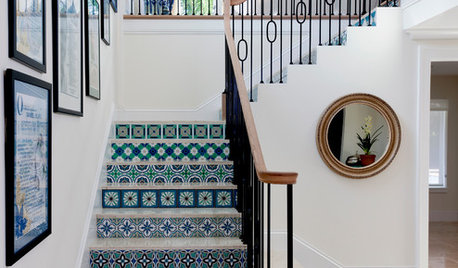
PHOTO FLIP80 Stairways to Design Heaven
Step on up and peruse this collection of spectacularly stylish staircases
Full Story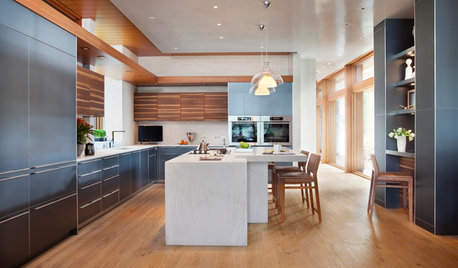
KITCHEN STORAGECabinets 101: How to Get the Storage You Want
Combine beauty and function in all of your cabinetry by keeping these basics in mind
Full Story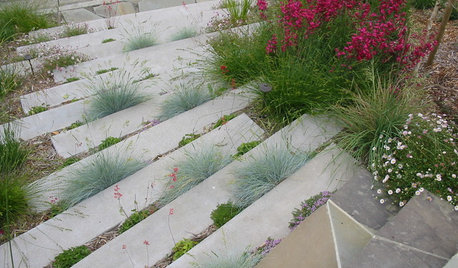
PLANTING IDEASPlant Your Hardscape for Unexpected Green
Nestle greenery among pavers, steps and more for a yard brimming with life and creativity
Full Story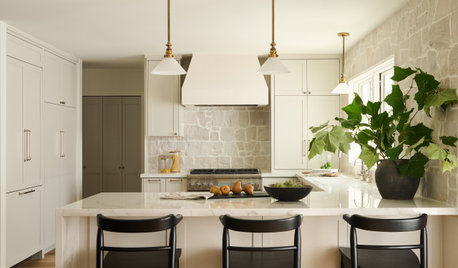
KITCHEN WORKBOOKHow to Remodel Your Kitchen
Follow these start-to-finish steps to achieve a successful kitchen remodel
Full Story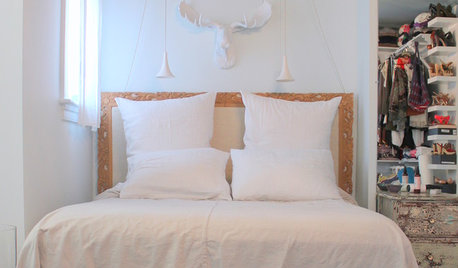
MOST POPULAROvernight Guests Coming? How to Be a Great Host
Ensure a good time for all — including yourself — by following these steps for preparing for and hosting houseguests
Full Story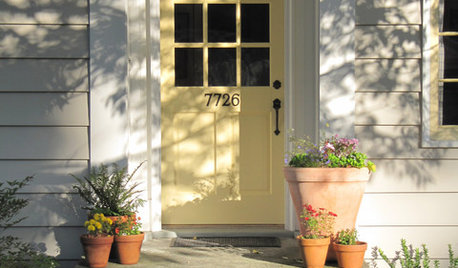
GARDENING AND LANDSCAPINGSpring Checklist: Freshen Up Your Home's Curb Appeal
Step outside and use these tips to show off your home to its best advantage this spring
Full Story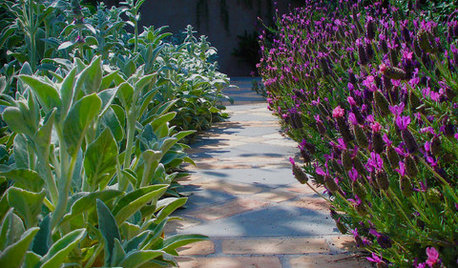
LANDSCAPE DESIGNThe Garden Edge: Rethink Your Garden Pathways
The right plant choices not only frame your paths with distinction, but they also take you on a journey of the senses
Full Story
LANDSCAPE DESIGNCalifornia Says Goodbye to the Sprawling Ornamental Lawn
New state rules will effectively limit turfgrass to 25 percent of the landscape in most new and renovated yards
Full Story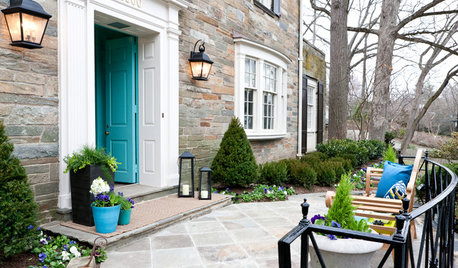
EVENTSDesigners Get Creative in a D.C. Show House
With a historic home as a canvas and a worthy cause as an incentive, designers pulled out all the stops for the 2014 project
Full Story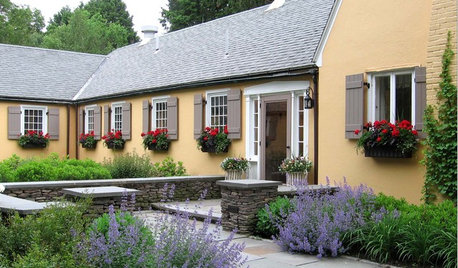
LANDSCAPE DESIGNLay of the Landscape: French Garden Style
Symmetry and geometry define this decorous landscape style, appropriate for both grand gardens and intimate spaces
Full Story






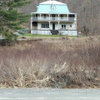


nycynthias
Frankie_in_zone_7
Related Professionals
Salisbury Landscape Architects & Landscape Designers · Paradise Landscape Architects & Landscape Designers · Mooresville Landscape Contractors · Bowie Landscape Contractors · Marlborough Landscape Contractors · Maywood Landscape Contractors · Medford Landscape Contractors · New Brighton Landscape Contractors · Nutley Landscape Contractors · Severna Park Landscape Contractors · Baileys Crossroads Landscape Contractors · Maple Grove Decks, Patios & Outdoor Enclosures · Norman Decks, Patios & Outdoor Enclosures · Cedar Hill Swimming Pool Builders · Glenvar Heights Swimming Pool BuilderstryingtogetbyOriginal Author
woodyoak zone 5 southern Ont., Canada
mactac